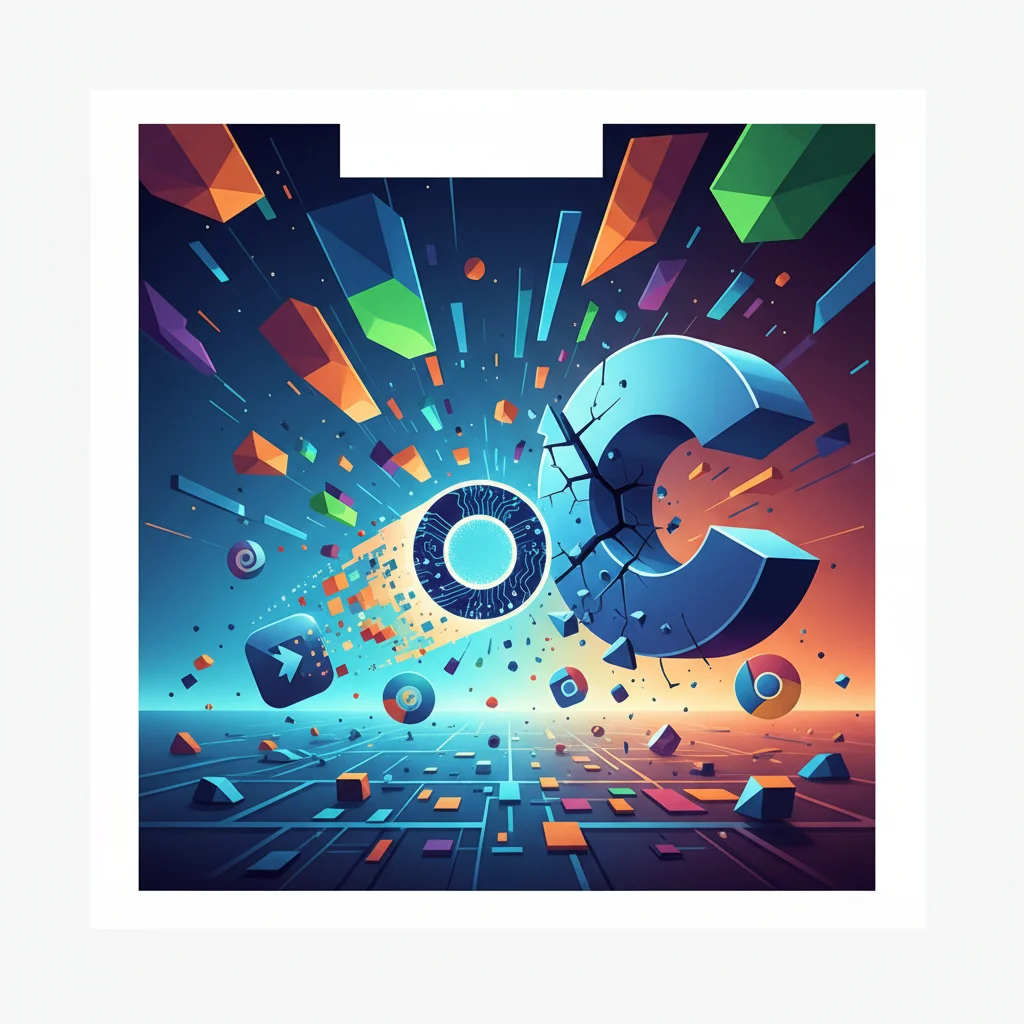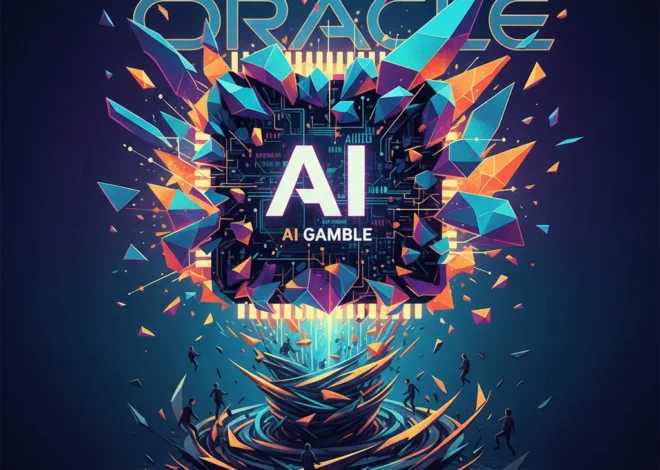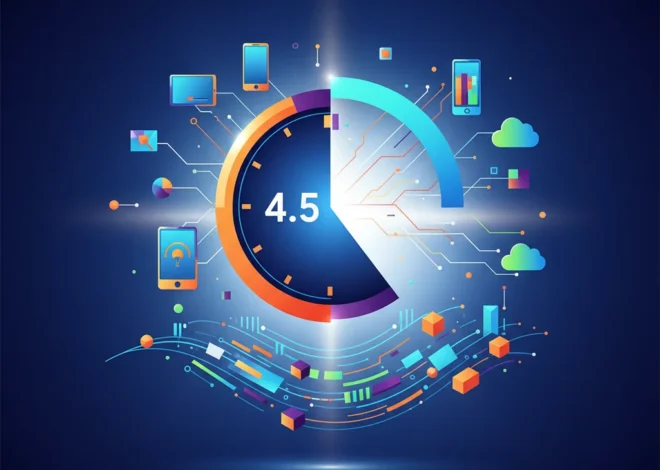
The AI Browser Wars: Is OpenAI’s New Venture the Chrome Killer We’ve Been Waiting For?
For over a decade, the web browser landscape has been a one-horse race. Google Chrome has so thoroughly dominated the market that for many, the browser is the internet. But a seismic shift is underway, powered by the same force that’s reshaping every other corner of the tech world: artificial intelligence. And now, the company at the epicenter of the AI revolution, OpenAI, is reportedly setting its sights on this digital kingdom. A recent report from the BBC suggests that OpenAI is developing its own browser, a move that could upend the very way we interact with the web.
The twist? It’s likely to be a premium, paid-for experience. This sets the stage for a fascinating David vs. Goliath battle, but with a critical question attached: In a world of free browsers, can AI-powered features convince us to finally open our wallets? This isn’t just about a new piece of software; it’s about a fundamental reimagining of our gateway to the digital world. It’s a battle of business models, user experience, and technological vision. Let’s dive into what this potential “ChatGPT Browser” could mean for everyone from casual users to developers and entrepreneurs.
Why the Browser is Ripe for an AI Revolution
Let’s be honest: when was the last time a new browser feature truly wowed you? While browsers like Chrome, Firefox, and Safari have become incredibly stable and feature-rich, their core paradigm hasn’t changed much in twenty years. You open a tab, type in a URL or a search query, and navigate through a series of hyperlinked documents. It’s a model built for a more static, searchable web.
But our needs have evolved. We no longer just “search” for information; we want to accomplish tasks, synthesize complex topics, and automate multi-step processes. The current browser is a passive tool—a window. An AI-native browser promises to be an active partner—a co-pilot for your entire online life. This is where the true potential for innovation lies. Instead of you working for the browser by opening countless tabs, the browser could start working for you, understanding your intent and executing tasks on your behalf.
The dominance of Google Chrome is staggering, with some estimates putting its market share at over 65% globally (source). This monopoly, while built on a fantastic product, has also led to a certain level of stagnation. OpenAI’s entry, even as a niche player initially, could inject a much-needed dose of competition and push the entire industry forward.
The CEO's Gambit: When Tech Titans Talk Troops, What's the Real Cost?
Imagining the “ChatGPT Browser”: From Passive Window to Active Workspace
So, what could this AI-powered browser actually do that Chrome can’t? This is where we move from the confirmed reports to educated speculation based on the trajectory of artificial intelligence and machine learning. The goal isn’t just to bolt on a chatbot to the sidebar; it’s to weave AI into the very fabric of browsing.
Here’s a comparison of how a traditional browser stacks up against the potential of an AI-native one:
| Feature/Task | Traditional Browser (e.g., Google Chrome) | Hypothetical AI Browser (OpenAI) |
|---|---|---|
| Researching a Topic | User opens 10-15 tabs, reads each one, manually synthesizes information. | User gives a prompt like “Summarize the key arguments for and against quantum computing.” The browser scours the web and delivers a synthesized, cited brief. |
| Online Shopping | User manually compares products across different sites, looks for coupon codes, and reads reviews. | User says “Find me the best-rated 4K TV under $500 with at least three HDMI ports.” The browser compares models, summarizes reviews, and finds the best deal. |
| Task Automation | Requires third-party extensions or separate SaaS platforms for simple automation. | Could natively handle multi-step tasks like “Book a flight to New York for next Tuesday, find a mid-range hotel near Times Square, and add it all to my calendar.” |
| Programming & Development | Developers constantly switch between browser, IDE, and documentation sites like Stack Overflow. | The browser provides context-aware code suggestions, debugs errors in real-time, and generates boilerplate code directly within web-based IDEs. |
| Cybersecurity | Relies on blacklists and rule-based extensions to block ads and known threats. | Uses AI to analyze code behavior in real-time, identifying novel phishing attacks and malicious scripts before they can execute, offering a new level of cybersecurity. |
This vision transforms the browser from a simple document viewer into a dynamic, intelligent workspace. It’s a platform for action, not just consumption. For startups and developers, this could unlock entirely new possibilities for web applications that can deeply integrate with the browser’s AI capabilities.
The $20-a-Month Question: Can a Subscription Model Work?
The most controversial aspect of OpenAI’s strategy is the paid model. As the BBC article highlights, this entire venture hinges on convincing users to pay for something they’ve received for free for their entire lives. It’s a bold, almost audacious, gamble.
The Case Against Paying
The inertia is massive. Users are accustomed to free, high-quality browsers. Google Chrome’s integration with the Google ecosystem (Gmail, Drive, Android) creates a sticky environment that is difficult to leave. For the average user, the “good enough” principle will be a powerful deterrent to switching, let alone paying.
The Case For Paying
However, there are compelling arguments for a premium model.
- A Different Business Model: A paid browser doesn’t need to sell your data to advertisers. This could be its single greatest selling point—a truly private browsing experience. In an age of increasing concern over data privacy, a subscription could be framed as a fee for digital security and peace of mind.
- The Power User & Professional Market: While the average consumer might balk, professionals, developers, researchers, and entrepreneurs might see a monthly fee as a worthwhile investment. If an AI browser can save a developer an hour of programming work each day or help a startup founder conduct market research in a fraction of the time, the ROI is obvious. This is a classic SaaS play: target the professionals first.
- The Cost of AI: Running the powerful AI models needed for this kind of experience is not cheap. The immense cloud computing resources required for real-time analysis and generation make a free, ad-supported model difficult without compromising on features or privacy. A subscription transparently covers these operational costs.
Ultimately, success will depend on whether the value provided by the AI features is an order of magnitude greater than what free browsers offer. It can’t be a marginal improvement; it has to be a game-changer.
Beyond the Code: Tech's Urgent Responsibility in the Face of Online Tragedy
The Broader Implications for the Tech Ecosystem
An OpenAI browser would send ripples across the entire industry. For developers, it could mean a new platform to build for, with APIs that allow for unprecedented integration between websites and the browser’s AI. Imagine a project management site that can communicate with the browser to organize research, schedule meetings, and draft emails on your behalf. This level of automation could redefine web applications.
For entrepreneurs, it represents both a threat and an opportunity. It’s a new gatekeeper, but also a new platform for innovation. Startups could emerge that are built entirely around the capabilities of this new browser ecosystem, much like companies built themselves on the Facebook or iOS platforms.
However, there are also significant hurdles. The cybersecurity implications of a browser that has deep access to your data and can take actions on your behalf are profound. Trust will be paramount. OpenAI would need to be radically transparent about its data handling and security protocols. Any misstep could be catastrophic for user adoption.
Beyond the Zap: How the Taser Company is Building the AI-Powered Future of Policing
Conclusion: The Dawn of a New Browser War
Whether OpenAI’s browser becomes a mainstream success or a niche product for power users remains to be seen. The challenge of overcoming the “free” monolith of Google Chrome is a monumental one. Yet, this move is undeniably significant. It signals the end of the dormant era of browser development and the beginning of a new, dynamic, and fiercely competitive age: the AI Browser Wars.
OpenAI is betting that the future of the web is not about searching, but about doing. It’s a future where your browser is an intelligent partner, anticipating your needs and automating your tasks. It’s a bold vision, and one they’re asking you to pay for. Now, the market will decide if that future is worth the price of admission.


